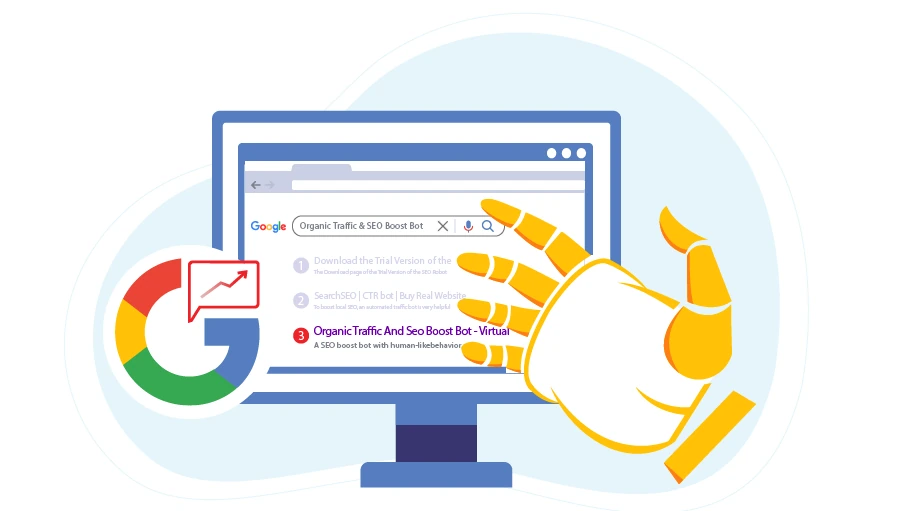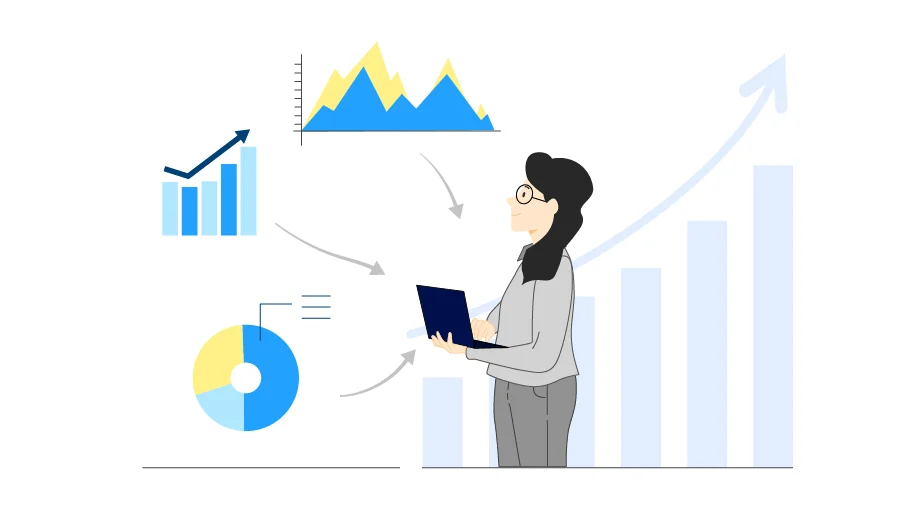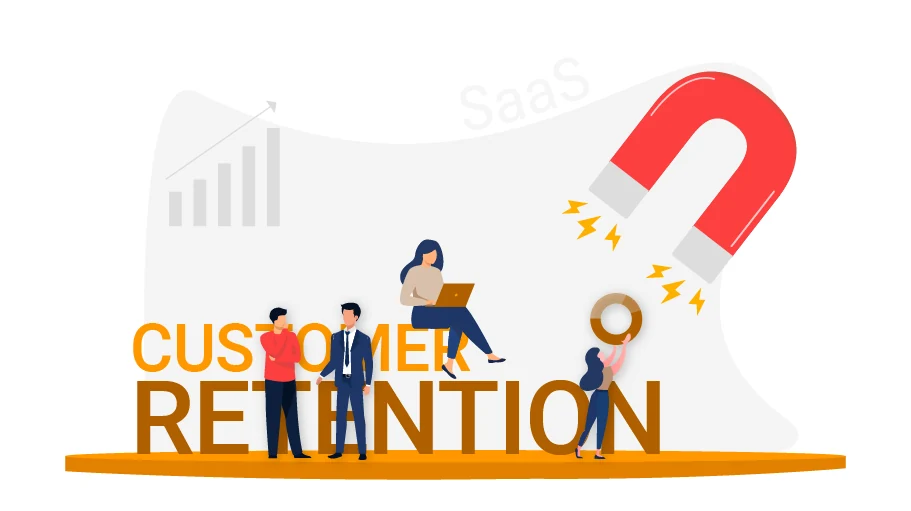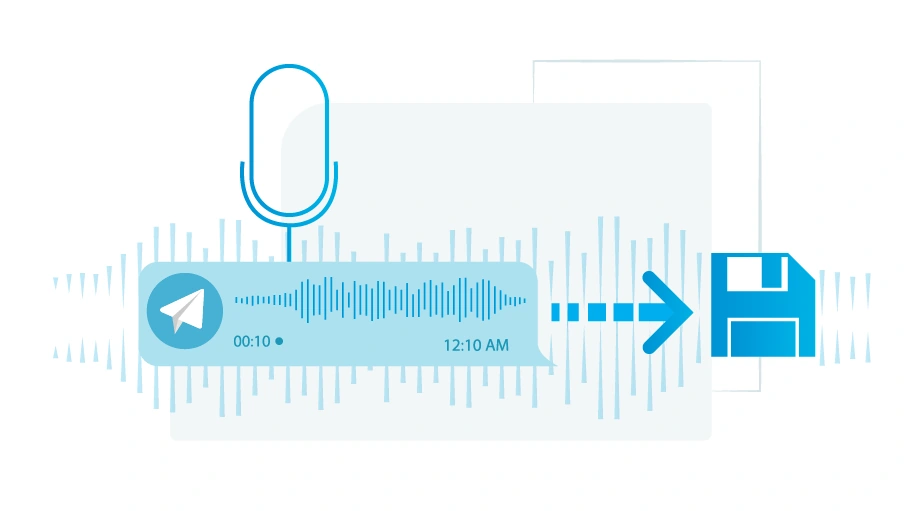Transforming Business Process Automation with Retrieval-Augmented Generation
The landscape of business process automation is currently undergoing a significant change, largely driven by the introduction and integration of advanced technologies such as large language models (LLMs). These technologies are no longer just experimental tools used by a few; they are becoming widely common.
According to a McKinsey study, 79% of people have had some personal or professional experience with generative AI, and 22% use it regularly at work. This data indicates a growing familiarity and dependence on AI's capabilities across various fields. However, LLMs have their limitations in offering a glimpse into the future of automation.
Retrieval-augmented generation (RAG) comes in as an important technique to address these limitations. By combining LLMs with dynamic information retrieval, RAG not only streamlines business processes but also transforms them in an intelligent way.
This integration marks the beginning of a new era where the automation of complex tasks becomes more efficient, accurate, and contextually relevant, ultimately transforming business operations and interactions with AI technology.
Understanding RAG
Retrieval-augmented generation, commonly known as RAG, combines the strengths of advanced large language model techniques with dynamic information retrieval. This method allows it to not only generate content but also to access and utilize a vast pool of relevant data, bridging the gap between static knowledge and evolving informatio
The significant aspect of RAG lies in its dual capability: it can generate text using a large, pre-trained model, and at the same time, it can dynamically pull in information from external data sources, seamlessly blending synthesized knowledge with real-time data.
This feature enables RAG retrieval augmented generation to provide updates with real-time information, ensuring the generated content is both relevant and factually accurate. Such a blend of decision-making and process automation features makes RAG particularly valuable in business settings, offering an adaptive approach in data-driven industries.
RAG's Role in Supply Chain Management
The potential of RAG in supply chain management is significant. It encompasses various functions, from automating compliance checks to offering insightful procurement recommendations. For example, RAG can efficiently sift through regulations and guidelines, ensuring all supply chain stages meet the required standards, thereby streamlining compliance processes.
In procurement, RAG utilizes historical data and market trends to suggest cost-effective and efficient options, analyzing vast datasets to identify optimal suppliers and products. This automation not only conserves time but also minimizes error probabilities, which is crucial in managing supply chain processes.
Incorporating RAG streamlines and optimizes supply chain management, significantly boosting productivity and flexibility. This enhancement allows companies to swiftly adapt to market fluctuations.
RAG in Retail
Retail operations, characterized by their need for dynamic response and customer-centric approaches, also stand to benefit greatly from RAG. The technology can transform customer support by providing accurate and instant responses to queries, drawing from a vast database of product information and customer interaction histories.
In feedback analysis, RAG can sift through customer reviews and feedback, identifying key themes and areas for improvement, thus enhancing customer satisfaction strategies.
Furthermore, RAG's role in marketing and product recommendations involves personalizing interactions with customers by creating content tailored to their preferences and purchasing patterns. This personalization improves the customer experience and builds brand loyalty. Tailoring these experiences not only increases sales but also solidifies the relationship between retailers and customers.
RAG in Finance and Insurance
In the finance and insurance sectors, where customer trust is essential, the focus is on not just accuracy but also stringent compliance with regulations. Utilizing RAG technology, the finance sector can provide personalized financial consultation services, process claims efficiently, and generate comprehensive financial reports.
Additionally, RAG allows for the effective management of investment portfolios in a way that is both structured and institutionalized, adapting to market changes while maintaining regulatory compliance. By integrating real-time market data with regulatory information, RAG ensures compliance while offering financial advice and decision-making that is specifically tailored to the unique needs of each client.
In the insurance world, RAG significantly speeds up the process of analyzing claims by comparing them against the detailed policy data. This leads to a more streamlined and quicker claims processing system, transforming what has traditionally been a lengthy and complex procedure into a more efficient and customer-friendly experience.
Final Thoughts
The use of retrieval-augmented generation with large language models could mark a pivotal moment in the evolution of business process automation. RAG presents an effective approach that seamlessly integrates dynamic information retrieval with intelligent text generation.
This adaptability is crucial in rapidly changing business landscapes. With future technological advancements, we anticipate an expansive range of applications for RAG across various sectors.
This promises a new era of automation where human roles are not just replaced but are significantly enhanced in terms of intelligence and accuracy. The potential of RAG lies in ushering in a new age of efficiency, precision, and innovation in business process automation, making it more widespread and impactful.





